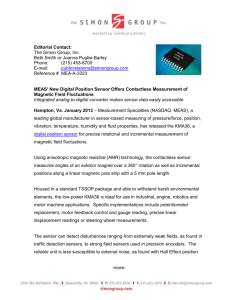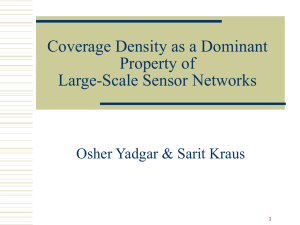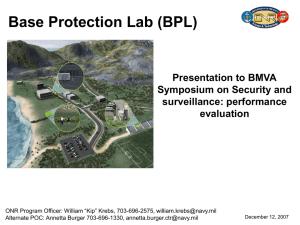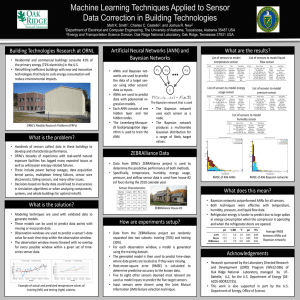ESR-6500P
advertisement
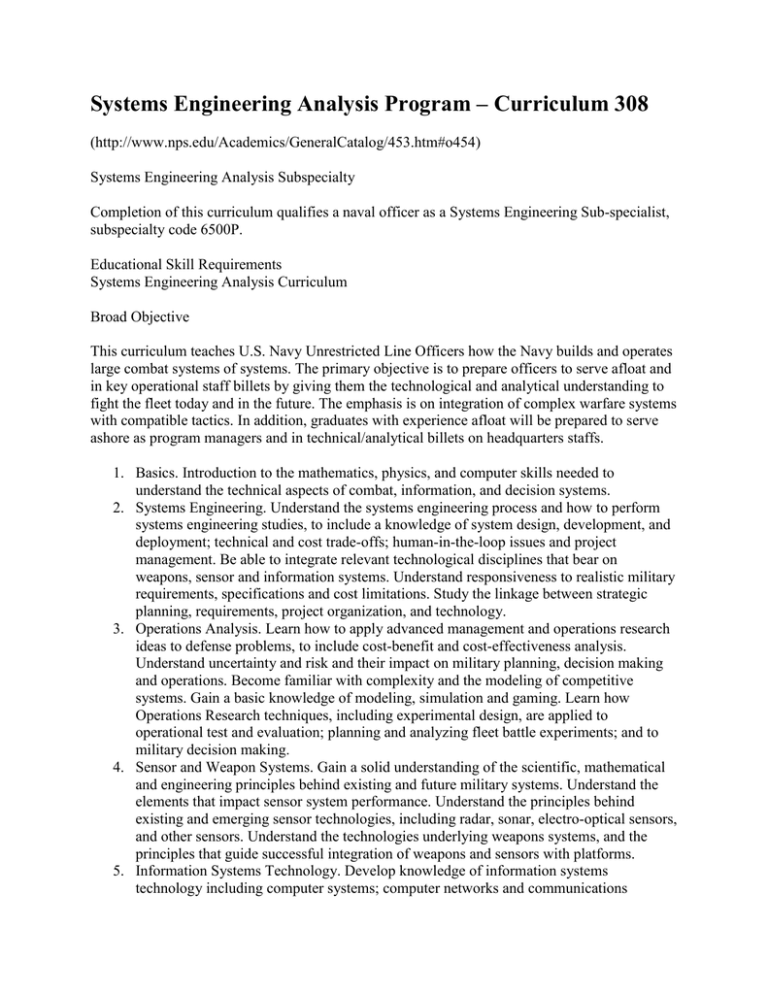
Systems Engineering Analysis Program – Curriculum 308 (http://www.nps.edu/Academics/GeneralCatalog/453.htm#o454) Systems Engineering Analysis Subspecialty Completion of this curriculum qualifies a naval officer as a Systems Engineering Sub-specialist, subspecialty code 6500P. Educational Skill Requirements Systems Engineering Analysis Curriculum Broad Objective This curriculum teaches U.S. Navy Unrestricted Line Officers how the Navy builds and operates large combat systems of systems. The primary objective is to prepare officers to serve afloat and in key operational staff billets by giving them the technological and analytical understanding to fight the fleet today and in the future. The emphasis is on integration of complex warfare systems with compatible tactics. In addition, graduates with experience afloat will be prepared to serve ashore as program managers and in technical/analytical billets on headquarters staffs. 1. Basics. Introduction to the mathematics, physics, and computer skills needed to understand the technical aspects of combat, information, and decision systems. 2. Systems Engineering. Understand the systems engineering process and how to perform systems engineering studies, to include a knowledge of system design, development, and deployment; technical and cost trade-offs; human-in-the-loop issues and project management. Be able to integrate relevant technological disciplines that bear on weapons, sensor and information systems. Understand responsiveness to realistic military requirements, specifications and cost limitations. Study the linkage between strategic planning, requirements, project organization, and technology. 3. Operations Analysis. Learn how to apply advanced management and operations research ideas to defense problems, to include cost-benefit and cost-effectiveness analysis. Understand uncertainty and risk and their impact on military planning, decision making and operations. Become familiar with complexity and the modeling of competitive systems. Gain a basic knowledge of modeling, simulation and gaming. Learn how Operations Research techniques, including experimental design, are applied to operational test and evaluation; planning and analyzing fleet battle experiments; and to military decision making. 4. Sensor and Weapon Systems. Gain a solid understanding of the scientific, mathematical and engineering principles behind existing and future military systems. Understand the elements that impact sensor system performance. Understand the principles behind existing and emerging sensor technologies, including radar, sonar, electro-optical sensors, and other sensors. Understand the technologies underlying weapons systems, and the principles that guide successful integration of weapons and sensors with platforms. 5. Information Systems Technology. Develop knowledge of information systems technology including computer systems; computer networks and communications systems; software engineering; and data base management. Demonstrate awareness of the capabilities, limitations, design and operation, and vulnerabilities of information systems. Understand the concepts of defensive and offensive Information Warfare. 6. Independent Study. Each student must demonstrate the ability to conduct independent and team oriented research and analysis on problems that link technical solutions to tactical problems, and to present the results in writing and oral briefings. A substantive project report or thesis will be required of all students. 7. Department of Defense Resource Allocation. Develop a working knowledge of resource allocation within the Department of Defense including the PPBE, JCIDS, and Acquisition processes. It is imperative that students understand key issues regarding the scheduling of budget delivery to, and the related interface with Congress, as well as the critical milestones involved in development of the President's Budget. In addition, a working knowledge of the interfaces between PPBE and Acquisition is necessary to gain an appreciation for the synergies and disconnects between these two processes - and in particular to understanding the manner in which they impact warfighting acquisition programs.






